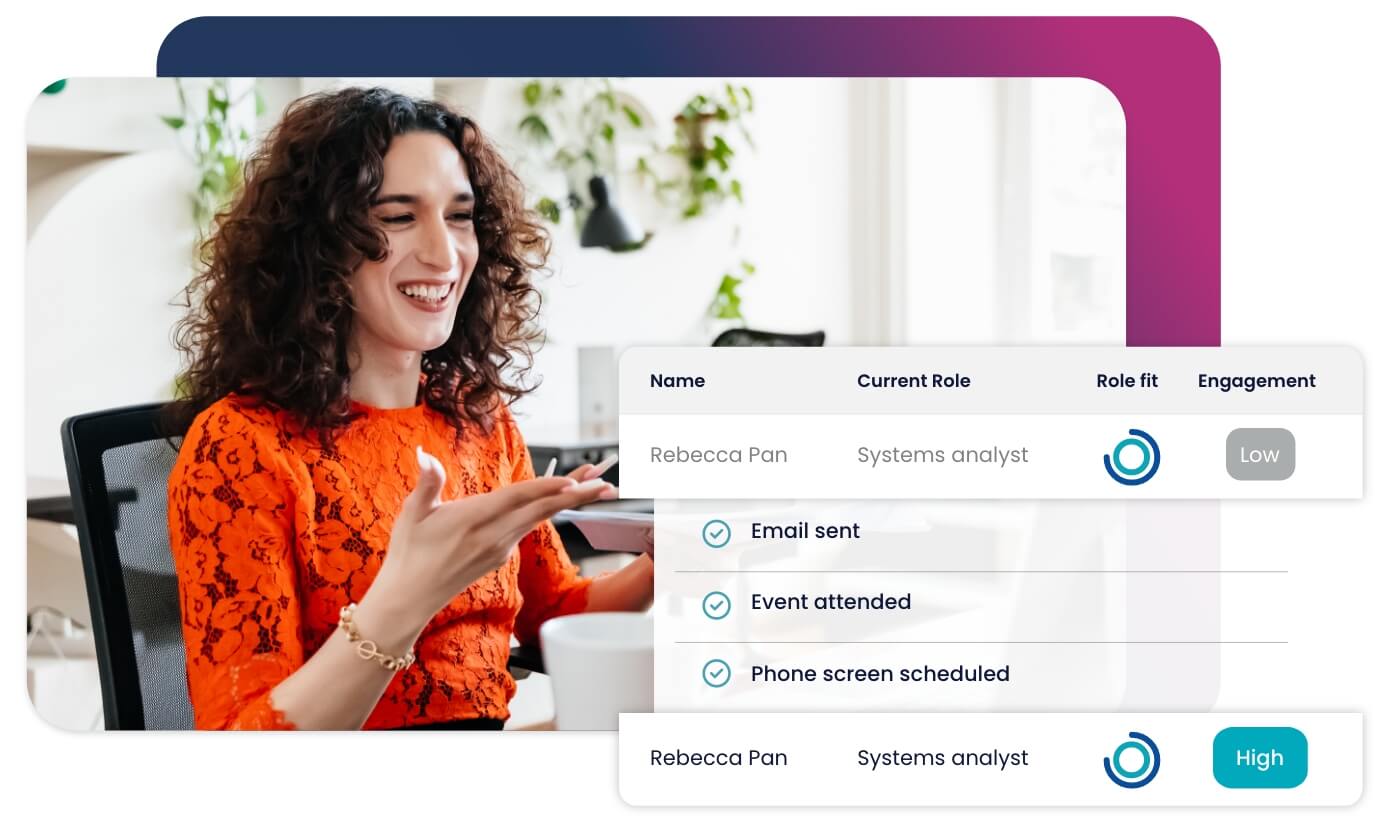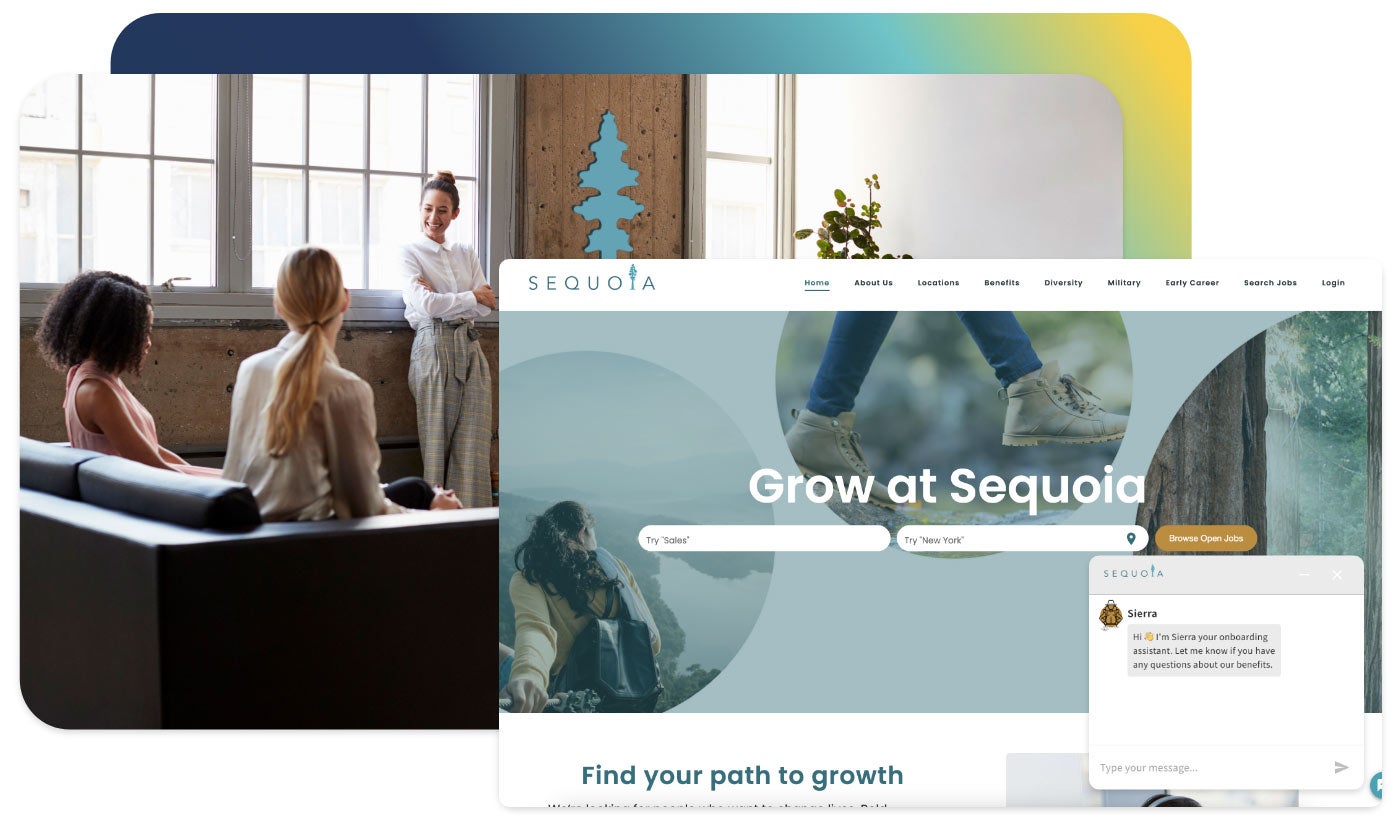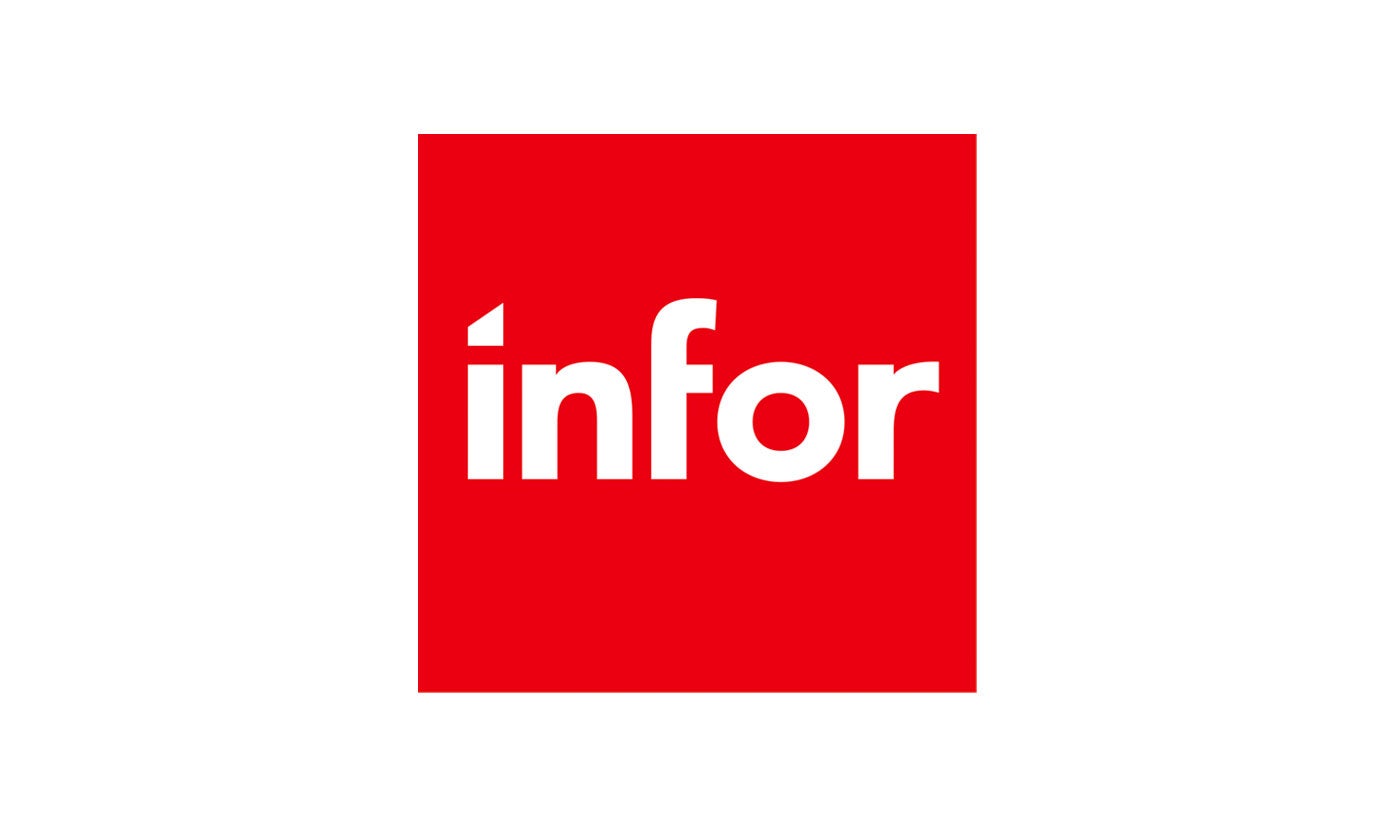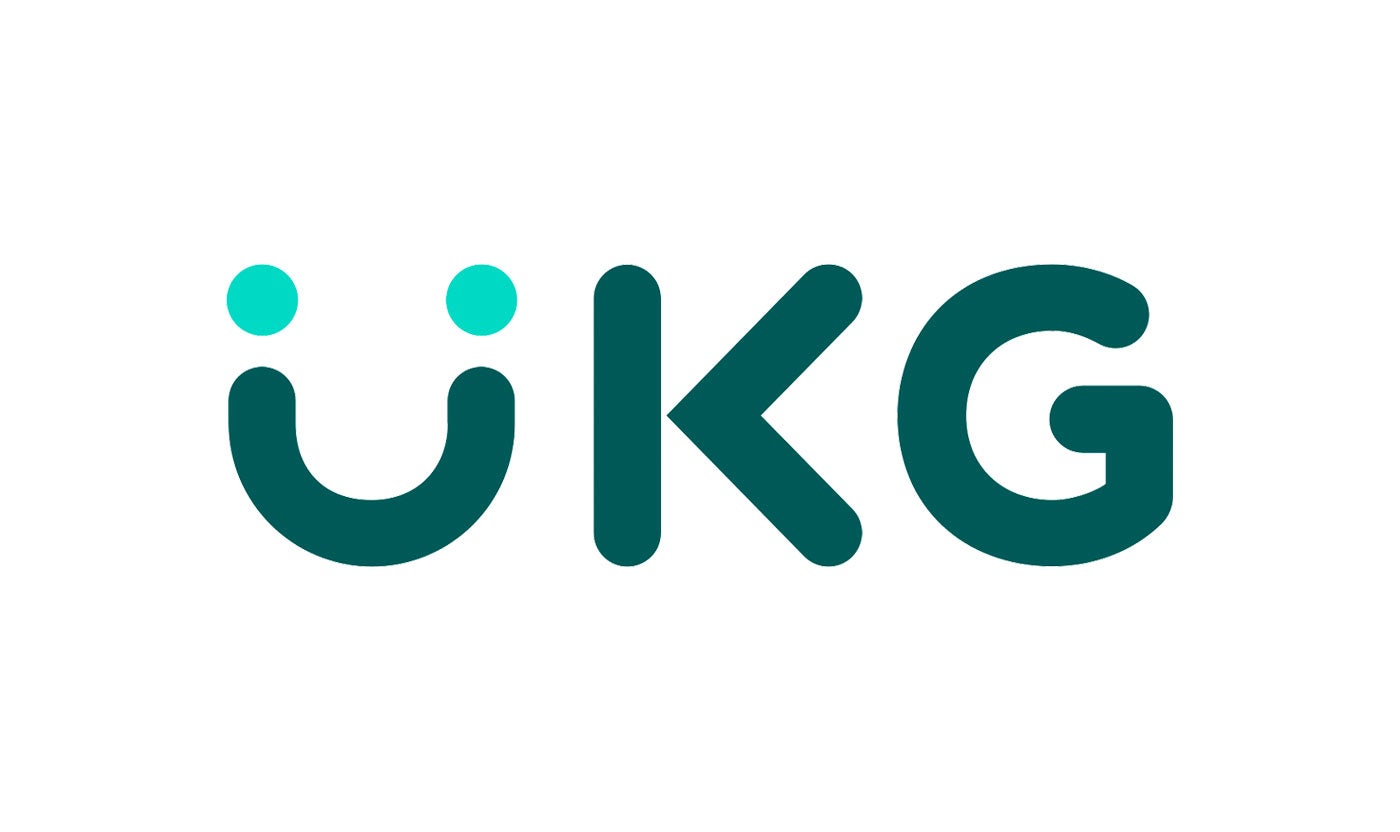





Accelerate hiring key talent to deliver care and exceed patient satisfaction.

Attract skilled candidates, speed up hiring and grow expertise in your workforce.

Simplify recruiting finance and banking talent with a platform for hard-to-fill roles.


Build a talent pipeline that engages and drives your business forward.


See how diverse and global enterprises use iCIMS to employ millions, drive innovation and connect communities worldwide.

Learn how a beloved restaurant hires 40,000+ annually with a great candidate experience.
Uncover unique market insights, explore best practices and gain access to talent experts across our library of content.


View press releases, media coverage, the latest hiring data and see what analysts are saying about iCIMS.


Streamline your tech stack and take advantage of a better user experience and stronger data governance with ADP and iCIMS.

The combined power of iCIMS and Infor helps organizations strategically align their business and talent objectives.

Our award-winning partnership with Microsoft is grounded in a shared desire to transform the workplace and the hiring team experience.

Our partnership with Ultimate Kronos Group (UKG) supports the entire talent lifecycle by bringing frictionless recruiting solutions to UKG Pro Onboarding.

February brought a dip in job opening and hiring activity and job seekers began to pull back as well, according to the iCIMS March Insights report. While slightly down, overall numbers are still trending above 2021 levels.
Historically, the second month of the year brings with it a decrease in activity, so these downswings may be nothing more than a seasonal trend. However, as talent challenges continue, employers need to deploy more strategic approaches to attract talent – especially to higher paying jobs.
Applications to jobs paying more than $100,000 were down nearly 10% since January 2021, while applications to jobs paying less than $50,000 were on par with the start of last year – making this cohort of job seekers the most active talent pool.
iCIMS March Insights report provides a look into the latest labor market activity and trends drawn from our database of employer and job seeker activity.
The March Insights report taps into iCIMS proprietary platform data to provide the latest labor market activity. Read more here.
Despite the seasonal decline, job opening activity was still trending well above last year at this time, with job openings up 44% since January 2021. Hires were up 36% during that same time period. With time-to-fill around six weeks, we may see increases here soon as a result of the influx of applications in January, the report indicated. Job application activity was on par with January 2021 levels, which was higher than we saw for most of the last year.
“We saw broad-based gains in every sector — in trucking, warehousing, construction, leisure and hospitality, even in nursing homes,” Labor Secretary Marty Walsh said in an interview with The Washington Post. “Ninety percent of the jobs lost in March and April of 2020 have been recovered.”
When we look at application activity broken down by the salary of the jobs being applied to, our data shows a decrease in applications in higher paying positions. However, applications to jobs paying less than $50k were up 1% since January 2021 – making this cohort of job seekers the most active talent pool.
Despite application volume, hires into six-figure jobs have increased 47% since January 2021 – while hires into jobs paying less than $50,000 have only increased 35%.
iCIMS’ data showed an increase in the share of female applicants February year-over-year across finance, healthcare, manufacturing, and retail. When looking at that timeframe, the share of female applicants increased from:
Get the strategies you need to help navigate 2022’s challenges of hiring and retention. Watch webinar.
There is little variation in the generational composition of job seekers across industries. In all industry sectors, iCIMS data shows that nearly a third of applicants were under 25, and more than half were under the age of 35.
“People are coming back to work,” Nick Bunker, an economist at the jobs site Indeed, told The Washington Post. “We’ve been seeing this trend since last fall, but it’s become very stark recently, particularly among people of prime working age, between 25 and 54.”
Gen Z job applicants continue to be the largest segment of the talent pool but also the ones most likely to apply for a position after visiting an employer’s career site. According to our report, candidates under 25 on average spend 7-11% longer on career sites than older age groups. Of those 18–24-year-old job seekers, 21.5% were more likely to apply for a position.
Those younger job candidates are also more likely to consider changing jobs, according to a new Microsoft report that surveyed 31,102 employees between January and February.
“This is a group that approaches work differently than the generations before them,” Karin Kimbrough, LinkedIn’s chief economist, told CNBC. “They work just as hard and are just as motivated to excel in their careers, but they are more open to talking about mental health, work-life balance and companies to engage in social issues.”
Want to know more? Download the full March Insights report to help attract, engage, hire, and advance the talent you need now.




